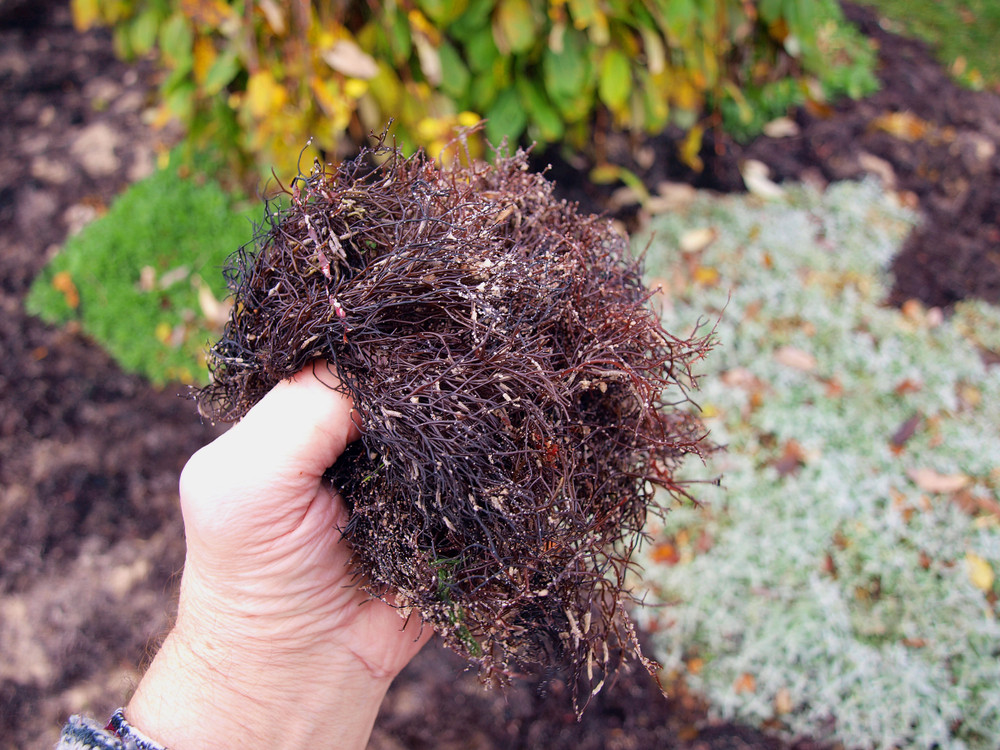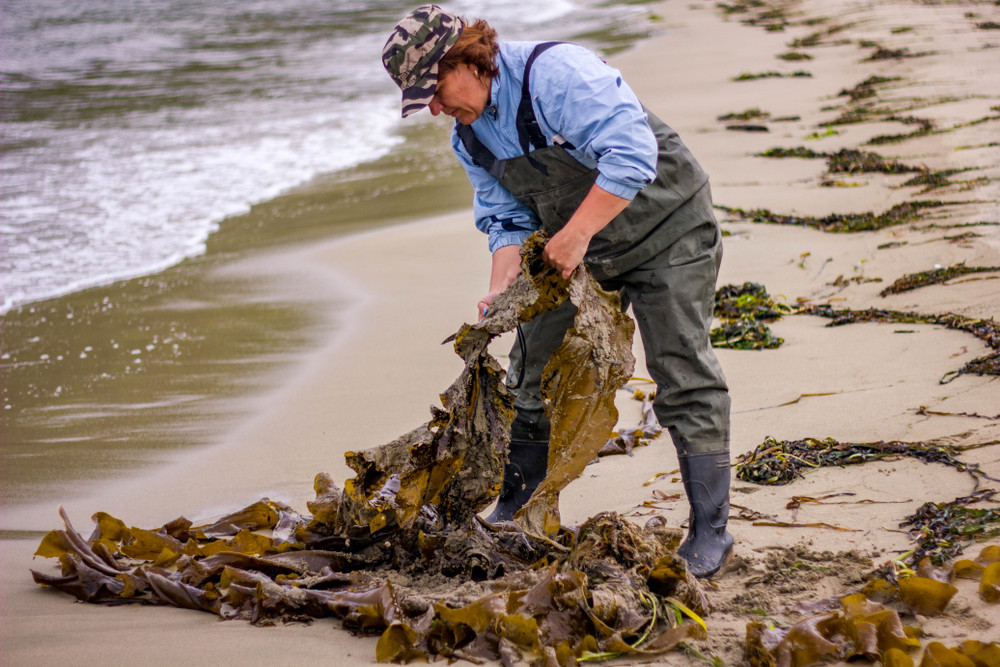Embracing the Sea's Gift

Seaweed in Vegetable Garden Planning
A Natural Wonder for Your Garden
For centuries, coastal communities have known the secret that many gardeners are just discovering: seaweed is a fantastic resource for enriching garden soil and boosting vegetable growth. This marine wonder, teeming with vital nutrients, is an excellent, organic way to enhance your garden's health and productivity.
Why Seaweed is a Superfood for Plants
Seaweed is not just any ordinary plant supplement. It's a cornucopia of essential nutrients and trace elements that are sometimes hard to find in other organic or synthetic fertilizers.
Rich in Essential Nutrients
The primary benefit of seaweed lies in its rich composition. It's loaded with nitrogen, potassium, and phosphorus, which are the key macronutrients required by plants. Seaweed also boasts a wealth of micronutrients like zinc, iron, and calcium, crucial for plant health.
Growth Stimulants
Beyond basic nutrition, seaweed contains natural growth stimulants. These hormones, including cytokinins, auxins, and gibberellins, promote cell growth and division, root development, and fruiting, giving your vegetables a significant growth advantage.

Integrating Seaweed into Your Gardening Practice
-
Direct Mulching: Applying washed seaweed directly to the soil as mulch not only feeds the plants but also helps retain soil moisture and suppresses weed growth.
-
Seaweed Tea for Foliar Sprays: A seaweed tea foliar spray is an excellent way to provide nutrients directly to the leaves, enhancing their ability to photosynthesize more efficiently.
-
Enhancing Compost: Incorporating seaweed into your compost pile introduces a diverse array of microorganisms and accelerates the composting process.
-
Soil Conditioning: Ground or dried seaweed can be worked into the soil before planting. This improves soil texture and fosters a healthy, biodiverse soil ecosystem.
Our favourite way is to mulch seaweed.
How To Mulch Seaweed
- Collecting Seaweed
- Source Locally: If you live near the coast, you can collect washed-up seaweed. Ensure it's legal to harvest seaweed in your area.
- Buy Commercially: For those inland, many garden centers sell dried seaweed products.
- Preparing Seaweed for Mulching
- Rinse Thoroughly: If you've collected fresh seaweed, rinse it well to remove excess salt. While a little salt is beneficial, too much can harm soil and plants.
- Dry and Chop: Allow the seaweed to dry out a bit if it's overly wet. Chopping or tearing larger pieces helps it break down faster in the garden.
- Applying Seaweed Mulch
- Timing: Early spring or fall are ideal times for mulching with seaweed. You can also apply it during the growing season to boost plant growth.
- Layering: Spread a layer of seaweed around your plants. Aim for a thickness of about 2 to 4 inches. Ensure it doesn’t directly touch plant stems to prevent rot.
- Over Existing Mulch: If you already have a layer of mulch, you can place seaweed underneath or on top of it.
- Decomposition and Soil Enrichment
- Natural Breakdown: Seaweed decomposes relatively quickly, enriching the soil with nutrients.
- Worm Activity: The presence of seaweed often attracts earthworms, which further improve soil quality through their activities.
A Sustainable Choice
Using seaweed in gardening is not just effective, it's also an eco-friendly choice. Seaweed farming is sustainable and doesn't require freshwater, land, or fertilizers. However, if harvesting wild seaweed, it's crucial to do so sustainably, ensuring no harm to marine life or habitats.

The Impact on Your Vegetable Garden
Gardeners utilizing seaweed often observe a remarkable improvement in their vegetable gardens:
- Enhanced Plant Health: Healthier, more vigorous plants with increased resistance to diseases and pests.
- Improved Yield and Quality: Noticeably larger, tastier, and more nutritious vegetables.
- Soil Health: Improved soil structure and increased biodiversity in the soil ecosystem.
Conclusion: A Time-Tested Solution
Seaweed gardening is a practice that links us to ancient wisdom, combining the ocean's resources with the needs of the land. When you incorporate seaweed into your vegetable garden, you're not just nurturing your plants; you're participating in a sustainable cycle that benefits your garden and the environment. It's a practical way to enhance your crops while reducing the reliance on traditional fertilizers, contributing to ecological health, and preserving a timeless tradition.
As we learn to harness the full potential of seaweed, we open doors to more sustainable, effective, and rewarding gardening practices. The sea's bounty awaits – let your garden thrive with it!


